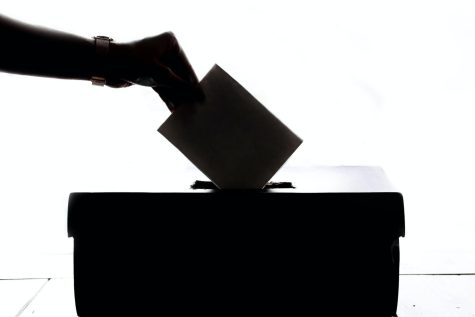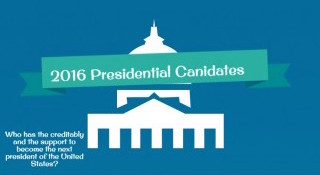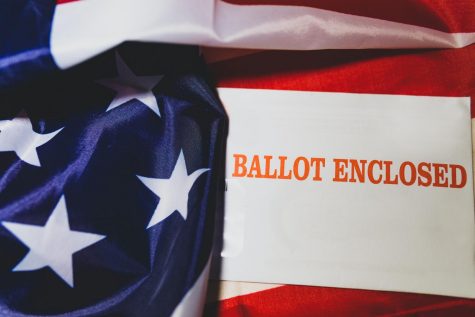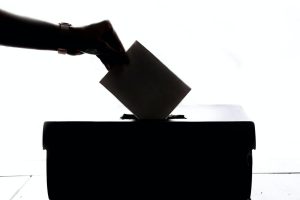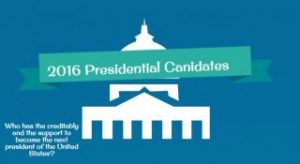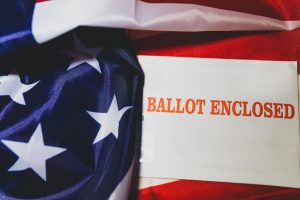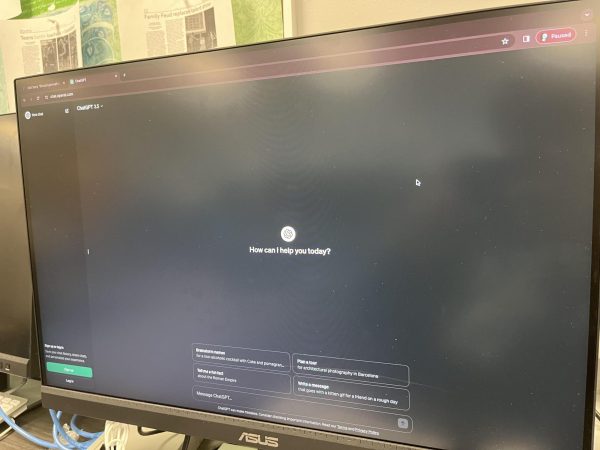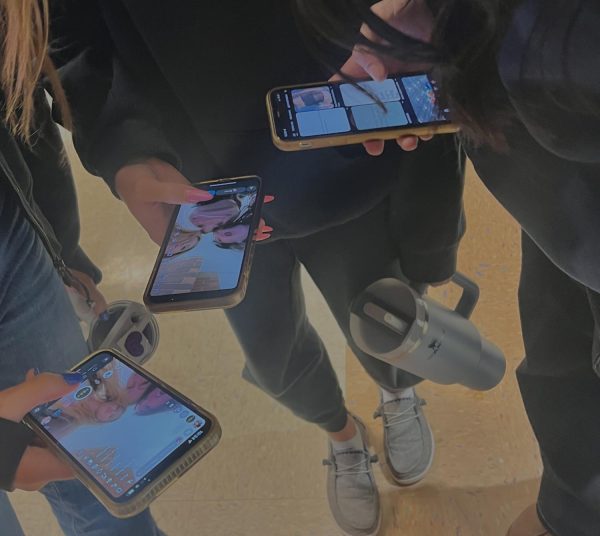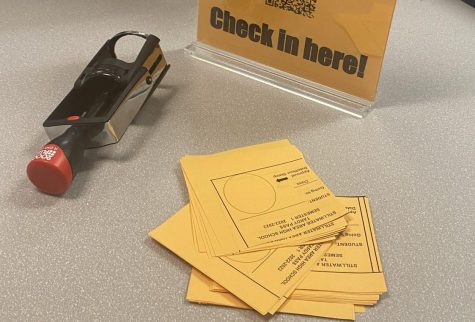Democrat trifecta reflects the views of Minnesota voters
"Minnesota State Capitol Building with Lobbyists" by puroticorico is licensed under CC BY 2.0.
The Minnesota State Capitol Building sits regally in the sun in St. Paul, Minn. Each day representatives, voted into office to make Minnesota a better place, meet and discuss policies that could help Minnesota citizens.
April 10, 2023
Only every few years does a rare political state trifecta appear. These trifectas could only happen if one party in the government controls the governor’s seat, the State Senate and the State House. In January, Minnesota became one of these rare trifectas with the Democratic party gaining complete control of the policy-making. Though this did not reflect the views of all voters, the Democrat trifecta in Minnesota does not need to promote more bipartisan views in their policy making.
The trifecta is what the voters wanted to see, so going out of the way to make more Republican voices heard would have been contrary to what Minnesota wanted. Since the United States democratically elected its leaders, the trifecta is not permanent. The voters voted the trifecta into power and they held the power to change that. They wanted these Democrat voices to be theirs in the policy-making and each voter could assess if they felt heard and vote differently in future elections.
“The drawback is that Republicans don’t really get to see a lot of lobby for what they want. But then you have to think the voters are elected Democrats to control all three. They are the reason we have this democratic trifecta. So going out of their way in order to make Republicans’ voices heard, yes, that’d be good teamwork, but it’s up to the voters to elect their officials,” junior Alex Funk explained.
When they don’t agree, nothing gets done. They will get into arguments over a small little detail, which then delays the legislation which could be helping people.
— James Daum
The trifecta allows for less red tape in the legislature and policymaking. In the federal government, differing parties in control of the House, Senate and presidential seat slowed down the policies that could have helped United State citizens. Minnesota does not face this problem because the Democrats, after thorough consideration, can pass whatever law or policy they thought was needed. Though the Democratic party did not represent all voters in Minnesota, new policies were needed to make Minnesota a better and safer place.
“When they don’t agree, nothing gets done. They will get into arguments over a small little detail, which then delays the legislation which could be helping people,” junior James Daum explained.
The political scene reflected Republicans and Democrats, but even within parties ideas differed between members. A party agreed on the broader areas of how the state should be governed, but the way those policies should be enacted still is debated and disputed between party members. Ways money should be spent, how problems should be solved and what the government can do to make the state a better place are all profoundly thought about and debated so the best decision can be made for the people. The trifecta is not a dictatorship, it still includes deep thinking and different ideas being heard.
Josiah Hill, Minnesota State House Representative, talked about the struggles of trying to find the right balance between taxes and spending. He explained, “There are 134 of us in the House,” and “134 different answers to that question.”
The Minnesota State House and Senate still have a large amount of Republican influence within them. The Senate had 33 Republicans in its seats compared to the Democrats 34 giving Republicans a one-seat minority. The House has a similar count with 64 Republicans in seats and 70 Democrats holding seats. Though Democrats won the majority vote, Republican representatives still shared the ideas and want of the party. With the high amount of representatives from both parties compromises to make both parties could happen. The Democratic party still had Republican ideals to consider.
Hill explained that the members of the Republican party he interacts with, though having different ideas, are always respectful of his ideas and he found it important to listen to what they have to say. They loved Minnesota just as much; they just had different agendas on how to make Minnesota the best it could be.
Within Minnesota, the Democrat trifecta represented the voice that voters wanted. Voters chose their policymakers and these leaders were not chosen by accident. Republicans had their voices within the government and their ideas were shared during debates and legislative discussions. Democrats did not agree on all ideas, giving a sort of check and balance to their policy-makers to choose the best idea for Minnesota. These representatives did the jobs that they were elected to do. These representatives were there to build a better Minnesota.



